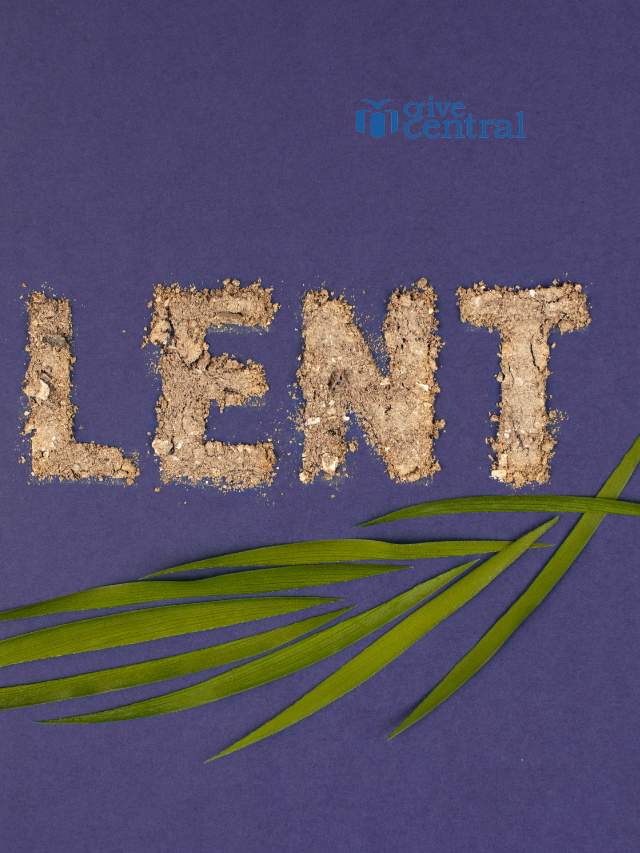Individuals in America are setting a new giving record in 2016, according to the latest Giving USA Annual Report on Philanthropy. It is the fifth time in the history of their research that nonprofits are reported to experience an increase in the amount of donors.
Giving by individuals grows nearly 4 percent, driving the rise in total giving; contributions to all nine major philanthropy subsectors increase—the sixth time in the last four decades.
Giving to all nine major categories of recipient organizations grew, making 2016 just the sixth time in the past 40 years that this has occurred. The nine categories are religion; education; human services; giving to foundations; health; public-society benefit; arts, culture and humanities; international affairs; and environment and animals.
With a major leap in individual donors, the amount of donation diverted to religion is also greater. It is easy to think of philanthropy as something done by the very wealthy, or big foundations, or prosperous companies. Actually, of the $358 billion that Americans gave to charity in 2014, only 14 percent came from foundation grants, and just 5 percent from corporations. The rest—81 percent—came from individuals. And in the years following, we see the same trend.
Out of the total donations, a whopping 32% of the total donation amount is going to various religious establishments. Last year alone donations made to religious institutions came up to almost a hundred and twenty-three billion dollars, which is an increase of 3% since last year. It’s is the highest amount ever in the history of this research, even with the inflation adjustment. It is the sixth consecutive year that the religious philanthropy has seen an increase. However, on a closer look, it isn’t as great as one would assume. In the five-year average growth in this category, it has been the slowest growth year in comparison to all other categories.

What’s really happening with religious charities and why are the numbers so low?
Institutions coming in the religious category are congregations houses of worship, national religious entities, and missionary societies. The drop in the average growth in the religious donations in these institutions are broadly based on two factors.
Related: Individual Giving On the Rise | Charitable Giving Statistics 2017
Donor Behaviour
It is important to understand these numbers in terms of what they mean for fundraisers at ground level. We are lately seeing that memberships of churches and synagogues is declining overall. The number of people that go to church weekly has also declined in the recent years. In addition, people do not want to make a donation to their house of worship or to strengthen their relationship with it. They want to see how their donations are being put to use. There is greater gratification when donating to charities that feed the kids or help homeless people, and also one time donations are easy on the pocket.
Donation Accounting Methodology
According to the Giving USA report findings, the major concern is that the method of accounting in these religious institutions for religious giving is not as contemporary as it could be. The traditional method of bookkeeping and basic computation power are making donation management a bit exhausting. Accounting methods should definitely improve.
There are also variations in the results of the report. For example, a hospital foundation, even if it has religious affiliation, will still be counted in healthcare. Also, in the religious category, total giving is spurred largely by individuals. For starters, the donor-receiver relationship matters more than just the numbers in the value of donations, and thus should be a priority concern.
2016 Giving USA Study Reports Donor Behaviour Giving USA individual giving Nonprofit study
Last modified: June 21, 2017



















